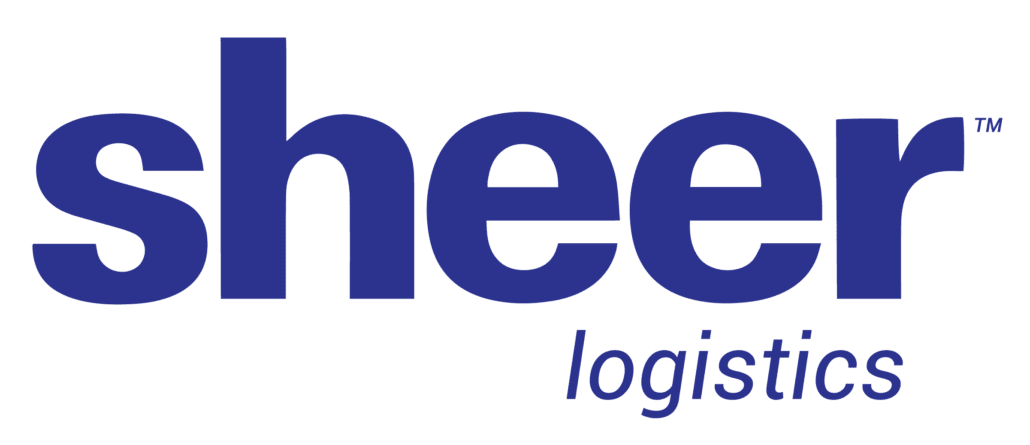
Inbound logistics includes the activities related to receiving, handling and storing raw materials, components and other incoming goods from suppliers. Inbound logistics processes include sourcing, purchasing, transportation of goods and inventory management.
In this blog, I will provide an overview of inbound logistics, including its key components and challenges, and share five key reasons why adopting an inbound logistics strategy can benefit your business.
Inbound logistics refers to all of the logistics activities related to receiving, handling and storing raw materials, components and other goods from suppliers. The main goal of inbound logistics is the efficient and timely movement of materials, components, and products from suppliers to manufacturing facilities, warehouses, or retail locations. In contrast, outbound logistics processes include the storing, handling, and distribution of finished goods.
Kep Components Of Inbound Logistics
The key components of inbound logistics include:
- Sourcing and procurement involves the identification and selection of reliable and reputable suppliers, including the contract negotiation and purchase order process.
- Transportation management relates to selecting the appropriate mode of transport (for example, air, sea, road, or rail) based on cost, speed and reliability. Transportation management also includes carrier management and the coordination of the movement of goods from suppliers to a company’s facilities. Shippers often use tracking and monitoring technology for real-time visibility to shipments.
- Receiving and inspection relates to the unloading and inspection of shipments at the receiving dock. This includes verifying the shipment confirms to the purchase order in terms of quantity and specifications and inspecting goods for quality control.
- Inventory management refers to the storage, inventory tracking and replenishment of goods in inventory.
- Dedicated technology to track and manage inventory, shipments and supplier information enhances data accuracy and enables clear and open communication with suppliers, carriers and internal stakeholders.
The Challenges of Inbound Logistics
Optimizing inbound logistics requires the seamless orchestration of complex processes which present supply chain managers with a variety of challenges:
- Ensuring supplier reliability and performance
- Managing transportation and logistics challenges, including delays, costs, and capacity constraints
- Optimizing and tracking inventory to avoid overstocking, which can increase storage costs and tie up capital, and understocking, which can lead to production delays
- Quality control of inbound materials and managing the return or disposal of defective goods
- Coordination of communications internally across procurement, production and warehouse operations and externally with suppliers
- Data management and technology integration, which can be costly and time-consuming to create and maintain
- Maintaining regulatory compliance
- Managing costs
- Implementing processes and practices that align with sustainability initiatives
- Managing the reverse logistics process
Top 5 Reasons to Adopt an Inbound Logistics Strategy
There are at least five good reasons to adopt a strong inbound logistics strategy—to restore the balance of power between you and your vendors; to support carrier selection and negotiation; to improve inventory management; to reduce hidden shipping costs; and to improve quality control. Let’s take a close look at each:
1. Restoring the balance of power
It’s important to build and maintain strong relationships with your vendors. However, too often businesses cede all control of inbound logistics to their vendors, resulting in an unhealthy imbalance in the relationship. This is inevitable if the business lacks the inbound logistics system and strategy to manage and monitor the intricacies of inbound shipping. While ceding control of inbound logistics to your suppliers may seem like an easy short-term fix, it can put you at a severe disadvantage when it comes to keeping your own costs down; choosing delivery schedules that meet your needs; and perhaps most importantly, choosing carriers that work best for you.
2. Carrier selection and negotiation
Choosing carriers that you can consistently trust and afford is critical to a successful inbound logistics program. However, if your suppliers are choosing your carriers, you lose the opportunity to monitor and negotiate perhaps the most important and costly aspect of your inbound supply chain. On the other hand, with the help of a solid inbound logistics strategy you can make an informed decision to keep a given carrier; renegotiate your relationship with them; or choose to switch to a carrier that better meets your shipping needs. Although one might worry that this change in approach will upset your vendors, they may indeed welcome it, at least in the long-term, as they will no longer find themselves solely responsible for managing the weighty process of shipping logistics.
3. Improved inventory management
Adopting a comprehensive inbound logistics strategy will help ensure that you have the expertise and technology to consistently maintain the optimal stock necessary to meet your customers’ ever-changing needs. Warehouse Management Systems (WMS), Inventory Management Systems (IMS) and Transportation Management Systems (TMS) can be integrated to work in concert to provide you with automation and real-time visibility to data and the movement of goods through your warehouses and distribution centers. These systems can help streamline your overall supply chain management, reduce lead times, meet customer demand and enhance customer satisfaction. With a persistent bird’s-eye view of all scheduled shipments, you will gain the ability to make granular adjustments to fine-tune the inbound flow of goods. This will help your team prevent both the overstocking that results in expensive returns, and the understocking that leads to lost sales. Furthermore, with the rich set of data an inbound logistics system provides, repeating shipping patterns will make themselves evident, allowing you to anticipate them and make any necessary changes.
4. Reducing hidden costs
Having a robust inbound logistics strategy can help you audit and reduce hidden or otherwise unnecessary costs associated with shipping and other aspects of your inbound supply chain. After your logistics team and technology has analyzed all of the costs associated with your shipments on a granular level, any overbilling or unreasonable hidden costs will become clear. Armed with the data, you can then seek changes, file claims, renegotiate carrier costs or select a more trustworthy carrier.
5. Quality control
An inbound logistics strategy will include an ongoing analysis of the quality of the entire shipping process along a number of key vectors. For example, if you’re having a problem with late shipments, or suffering from an unacceptable level of damaged goods, your inbound logistics system will bring the issue to your attention. Furthermore, with an eye toward ethics and sustainability, if your shippers and suppliers are not holding themselves to the same high standard that your company has set for itself, you run the risk of an eroding reputation, or even loss of key certifications and licenses. Implementing a strong inbound logistics program, on the other hand, will make it clear if there is any disconnect between your standards and those of the other key contributors to your inbound supply chain.
What Types of Companies Need Inbound Logistics?
Inbound logistics is a critical function for a wide variety of companies across industries. While the companies and industries may vary, the need for efficient receipt, handling and storage of materials and products is a common objective. Many companies implement partnerships with a third-party logistics service provider (3PL) to meet their inbound logistics management needs, from transportation to order fulfillment, warehousing and material handling. Here are some of the types of companies that heavily rely on inbound logistics:
- Manufacturers of all kinds, including automotive, electronics, consumer goods, pharmaceuticals and more
- Retailers such as supermarkets, grocery stores, department stores and ecommerce companies
- Wholesale distributors of industrial supplies, food and beverages and medical supplies
- Construction companies including building materials suppliers and construction firms
- Agricultural and food processing companies
- Energy and utilities providers, including oil and gas companies and renewable energy firms
- Healthcare and pharmaceutical companies, such as hospitals, clinics and drug producers
- Aerospace manufacturers and defense contractors
- Fashion and apparel manufacturers
Moving Ahead
There are dozens of distinct advantages that come with adopting a robust inbound logistics strategy. However, the following five advantages, outlined above, should provide a strong incentive to make a change: a better balance of power between you and your vendors; a stronger say in carrier selection and negotiation; a vastly improved inventory management system; consistent identification and reduction of hidden costs savings; and stronger quality control. Given these advantages, and a host of others, you may find that it’s time to get started forging an inbound logistics strategy that will make a world of difference to your business and bottom line.
Ready to begin implementing an inbound logistics strategy for your organization? Not sure where to start? We can help.








